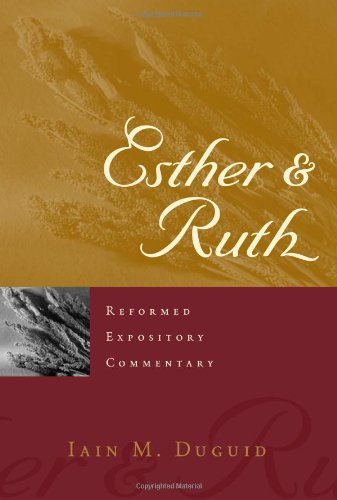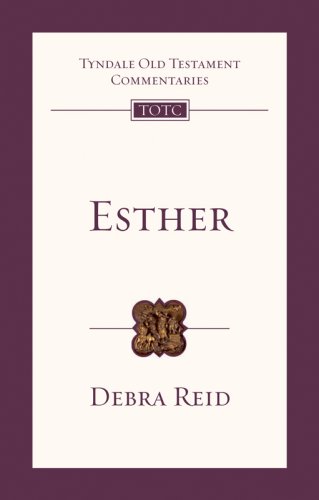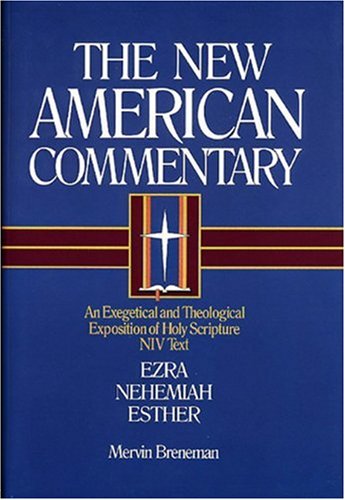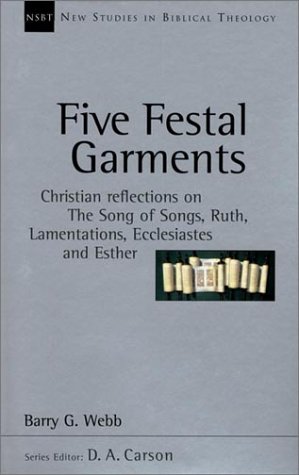
Queen Esther
Outline of Introduction
- Esther General Observations
- Esther in Church History
- Esther in Biblical / Historical Context
- Esther’s Moral Challenges
- Esther’s Major Themes
Introduction
Every family, society, or culture is defined, at least in part, by the stories of past experiences it shares. Families share common experiences unique to them, that many times have meaning only for themselves. As Americans, we share stories of our history – George Washington crossing the Delaware, the Civil War, Pearl Harbor and Neil Armstrong’s first steps on the moon. These stories are our stories, and be accepting them as our story we are defined as a people, the American people.
The book of Esther is the story of God’s covenant faithfulness to a people who had long been in captivy because they were covenant breakers. It was written to memorialize, to commemorate the God’s deliverance that formed the basis of the Feast of Purim.
Biblical stories were written under the inspiration of Holy Spirit to teach us about God and his relationship with his people. When we read the biblical narrative we come with the implied request, “God, tell us your story.” The Bible stories, then, draw us in. They become our stories.
Esther General Observations
- No mention of God, though God is present on every page working behind the scenes
- Not particularly “religious” other than a single mention of fasting – no mention of the temple, the law, etc.
- Similar to Daniel in that the context of the entire book is in captivity with particular emphasis on the court of a pagan king.
Esther in Church History
- Not one commentary was written on the book of Esther in the first seven centuries of the Church
- John Calvin never preached from the book and did not write a commentary on the book
- Martin Luther renounced the book, along with other apocryphal books saying, “I am so great an enemy to the second book of the Maccabees, and to Esther, that I wish they had not come to us at all, for they have too many heathen unnaturalities.
Esther in Biblical / Historical Context
- The Jews of Judah and Jerusalem were taken into captivity in Babylon when Nebuchadnezzar sacked the city and burnt the city in 586 BC.
- God promised through Jeremiah, Isaiah and Ezekiel that they would be restored to the land (Jer. 30:3).
- Cyrus II (the Great) conquered the Babylonian empire without a battle when his army entered Babylon by wading up the Euphrates river through the city canals on Oct. 12, 539 BC.
- Cyrus was welcomed and seen as a liberator
- When Cyrus came to power, the Jews had been in exile for 47 years
- It was Cyrus who issued the decree to allow the Jews to return to Jerusalem to rebuild the city and the temple, using the resources of Persia. (Ezra 1:1-4). It’s interesting to note that this permission to return to Jerusalem had a political purpose for Cyrus, strengthening his authority in the remote parts of the empire. Cyrus also financed the return of many other people groups according to The Cyrus Cylinder from the sixth century held in the British Museum.
- Because of Cyrus’s decree, Zerubbabel and then Ezra traveled back to Jerusalem with a remnant of people to restore the temple and the city. The books of Ezra and Nehemiah tell this story.
- Most of the Jews did NOT return, but chose rather to stay in Babylon – in “captivity” – because of the relative comfort and success they enjoyed.
- The book of Esther was written some 50 years after this decree allowing the Jews to return to their homeland.
- The postexilic books of 1-2 Chronicles, Haggai and Zechariah were written to encourage the remnant who had returned to the land of Yahweh’s covenant with his people. But what of those who chose not to return and who were still living under the captivity of their disobedience?
- The book of Esther takes place in Susa (modern day Iran) in the court of a Persian King, Xerxes (or Ahasuerus).
Esther’s Moral Challenges
- Unlike Daniel, there seems to be no concern on the part of Esther to keep the dietary laws.
- Esther is encouraged by Mordicai to conceal her Jewishness
- Esther’s willingness to go into the king’s bed chamber
- The brutality of Esther. When she hears that 500 were killed in Susa she requests from the king that the slaughter be allowed to continue another day and for Haman’s ten sons be impaled on the city gate.
Esther’s Major Themes
Esther is theology filled with irony and satire – unexpected events and a quick turning of events in an different and unexpected direction.
- Providence – in human affairs. The book answers the question of the Jews, “Are we still God’s people in covenant with him?” This is one of the most true-to-life examples of God’s providence precisely because God seems “absent,” yet He is seen as working every details for his own purposes.
The tiny detail that identifies Haman as an “Agagite” is the key that links to the Jews of the Diaspora to the ancient covenant God made with their ancestors at Sinai. Agag was the king of the Amalekites at the time Saul was Israel’s first king. The Amalekites had the dubious distinction of being the frirst people to attack God’s people to destroy them after the Exodus. As a result, God promised Moses that he would be at war with them from generation to generation until their memory was blotted out (Ex. 17:8-16; Deut. 25:17-19). The story of Esther is another episode of that ancient war between Israel and the Amalekites, between the seed of the Woman and the Seed of the Serpent.
- Pride – it’s destructive and self-deceptive nature
- Peripety – a sudden, unexpected turn of events
- Purim – a feast to commemorate God’s faithfulness






